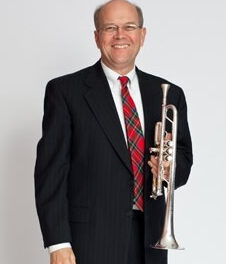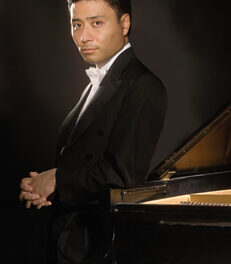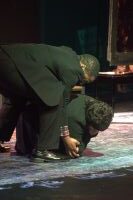Sometimes weird things are just not weird enough to be worthwhile, which seems to be the case with Yossi Berg and Oded Graf’s 2010 choreography, Animal Lost. The second program of the American Dance Festival, in Reynolds Theater, Animal Lost has a number of powerful sequences, but as a whole, it doesn’t take the necessary risks, and doesn’t live up to its ambition. The choreographers claim some pretty big conceptual accomplishments for the work; although they do in fact raise “questions about cultural and social differences and stereotypes,” they fail to make them explicit or urgent, let alone answer them. They also claim the work raises questions about “the universality of repression, sexuality, fantasies, and the individual’s needs.” I don’t know what those questions could be about the universality of those matters, and could not see that the dance pointed them out.
However, Animal Lost is filled with unexpected actions, striking images and some really gorgeous dancing. Watching Siri Wolthoorn, whether she’s moving or standing still, is worth the price of admission and 60 minutes of your time. Wolthoorn, like Yossi Berg, has worked with Ohad Naharin and the Batsheva Dance Company, and she has so absorbed Naharin’s teachings that she herself is a teacher of his wonderfully free Gaga movement practice. Wolthoorn made it very difficult to give equal time to the other dancers on the stage, holding our attention with her extreme power, flexibility and liquid lunges.
The imagery makes the most of the animal masks the dancers wear at the opening and periodically remove and replace during the show. It is pretty interesting to see them arrayed on stage — horse, pig, bird, dog, and one mystery animal — doing the start of a strip tease. But it is a tease, not a strip, and the dance’s other sections similarly fail to take it all the way. You can feel the influence of DV8 Physical Theatre, with whom Berg has also worked, but Berg and Graf don’t rise to DV8’s level of passion and righteous truth-telling (and as good as Julia Giertz’ voice is, it is difficult to make out all the spoken word, especially when the microphone is deep in her horse’s mouth). For this viewer, part of the problem is that the dancers represent not particular people in definite narratives, but an ever-changing flow of character types, unattached to story segments. The phantasmagorical flow of the dance is compelling enough to hold one’s attention, but ultimately leaves a disappointing emptiness where meaning or aesthetic pleasure should be the residue.
Animal Lost repeats Wednesday, June 15 at 2 and 8 pm. See sidebar for details.














